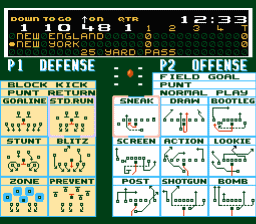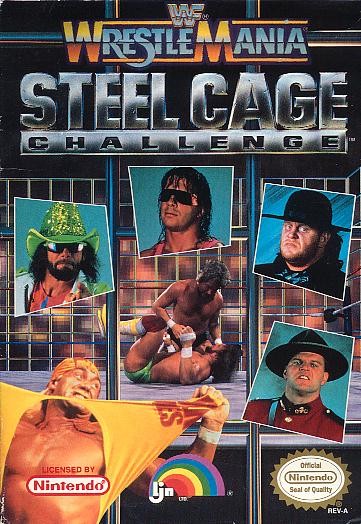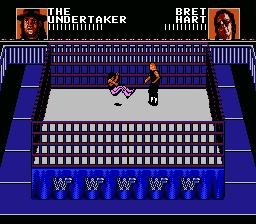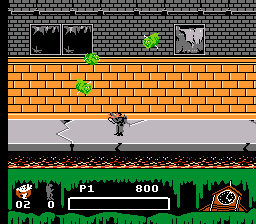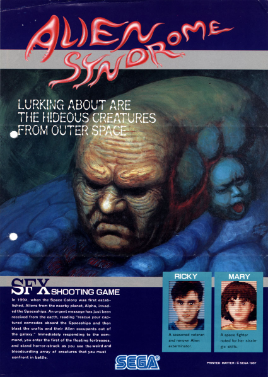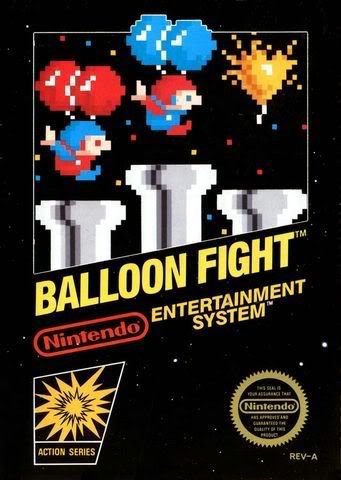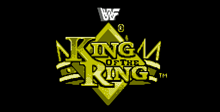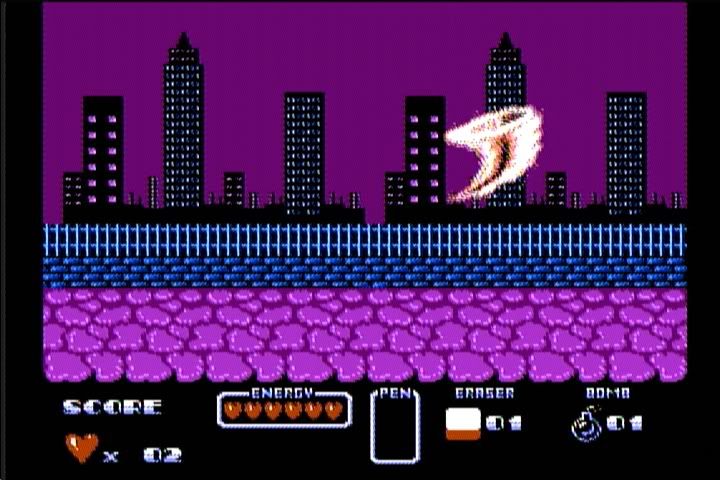Developed by: SunSoft
Distributed by: Sunsoft
Released: November 1988
Blaster Master is an often-overlooked NES classic from 1988 that incorporates excellent gameplay, colorful graphics, a vast array of enemies & unique bosses to take its place as one of Nintendo's best action games. It holds up THAT well.
The game has two distinct play modes. The first is a Metroid-esque set of levels, with your character riding around in a tank blasting everything in sight. Some levels can get tricky, but power-ups and health replenishment are all over the place, so do your job and shoot [Image]the enemies! With a little patience, you'll really enjoy exploring your way through these levels, as you can backtrack and figure out exactly where you have to go. The second mode, when you hop out of the tank and enter dungeon-type areas (think "Zelda"), has you running around with a top-down view, shooting at everything that gets in your way to get to the bosses. The bosses get progressively more difficult but each has a "pattern" to work with in order to beat them.
The graphics are flat-out awesome, with the top-down levels being bright (almost a "cartoony" feel...until you reach those bosses) and the side-scrolling levels having detailed backgrounds and tons of enemies all over the place. While the basic enemies weren't the most colorful (I never considered this a setback), the settings for each level blew away most NES games at the time. The bosses, and really, all the enemies in the top-down mode, all look great and the levels make it actually FUN to hunt them down.
[Image]
The music for Blaster Master is catchy and a true perfect fit. It sounds great! The levels have lots of cool beats and from the very first second you start driving the tank, you'll know they spent time on this one. Sound effects are pretty good, as well.
Play control is excellent. Your tank has a moving turret, the controlled with the D-Pad when firing can shoot in different directions (up, left/right, diagonal) and it looks and plays like a moving vehicle. You'll be flying across the screen shooting lots of enemies and experience none of the annoying "NES slow-motion" whatsoever with this game. The tank bounces a bit when it lands, can slightly nudge forward to time a tough jump, and a lot of the usual annoying downsides to platformers will NOT be found here. When controlling your character in top-down mode, you'll find the movements fluid and navigating the character is never a problem.
Have patience piloting the tank and get started in this game. It's easy to catch a lot of damage but also easy to avoid rushing into a hornet's nest. If you get the hang of Blaster Master (realistically, it takes all of 5-10 minutes) you'll love this game. A great effort from Sunsoft.
Must-own title.
Rating: A
.
.





